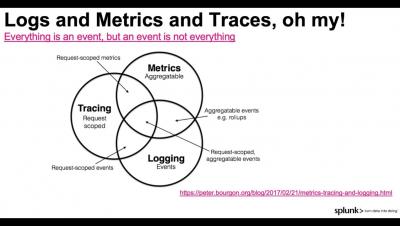Operations | Monitoring | ITSM | DevOps | Cloud
Logging
The latest News and Information on Log Management, Log Analytics and related technologies.
Logs and Metrics and Traces, Oh My!
Artifactory & Xray Logging Analytics with FluentD, Prometheus, and Grafana
Building a Security Practice Powered by Cloud SIEM
A New Chapter
Today is an exciting day for LogDNA! I have two wonderful announcements to make. First, we’ve officially announced that LogDNA has closed a $25 million series C round led by Emergence Capital. Second, and most importantly, I’m thrilled to share that Tucker Callaway, LogDNA’s current President and Chief Revenue Officer, is transitioning into a new role as the company’s Chief Executive Officer (CEO).
Bringing Data to Command & Control
It’s a metaphor that would have been impossible to decode even a decade ago: a Command and Control environment where essential data flows as quickly and intuitively as a map on Uber or Lyft. It’s a way of imagining efficient access to up-to-the-minute mission-relevant information, so that any sensor can make useful intelligence available to any device or effect, on a single screen, in time to make a difference.
React, Adapt, Evolve: Using Data to Navigate the 3 Phases of a Crisis
When the coronavirus pandemic hit Asia-Pacific back in January, no one knew what to expect. As the first region to grapple with the questions and uncertainties that the virus presented, leaders had to process the new reality and spring into action at record speed. While navigating the shifting landscape has been a unique journey for all organizations, a few things have proven to be consistent.
Data Culture: The Future of the Intelligent Organisation Starts Here
In today’s digital world, every transaction is logged to give businesses endless amounts of functional data, and there is near-universal agreement that data insights will be integral to the success of businesses in the future. There is undoubtedly a need for a more data literate workforce.
Machine learning in cybersecurity: Detecting DGA activity in network data
In Part 1 of this blog series, we took a look at how we could use Elastic Stack machine learning to train a supervised classification model to detect malicious domains. In this second part, we will see how we can use the model we trained to enrich network data with classifications at ingest time. This will be useful for anyone who wants to detect potential DGA activity in their packetbeat data.








